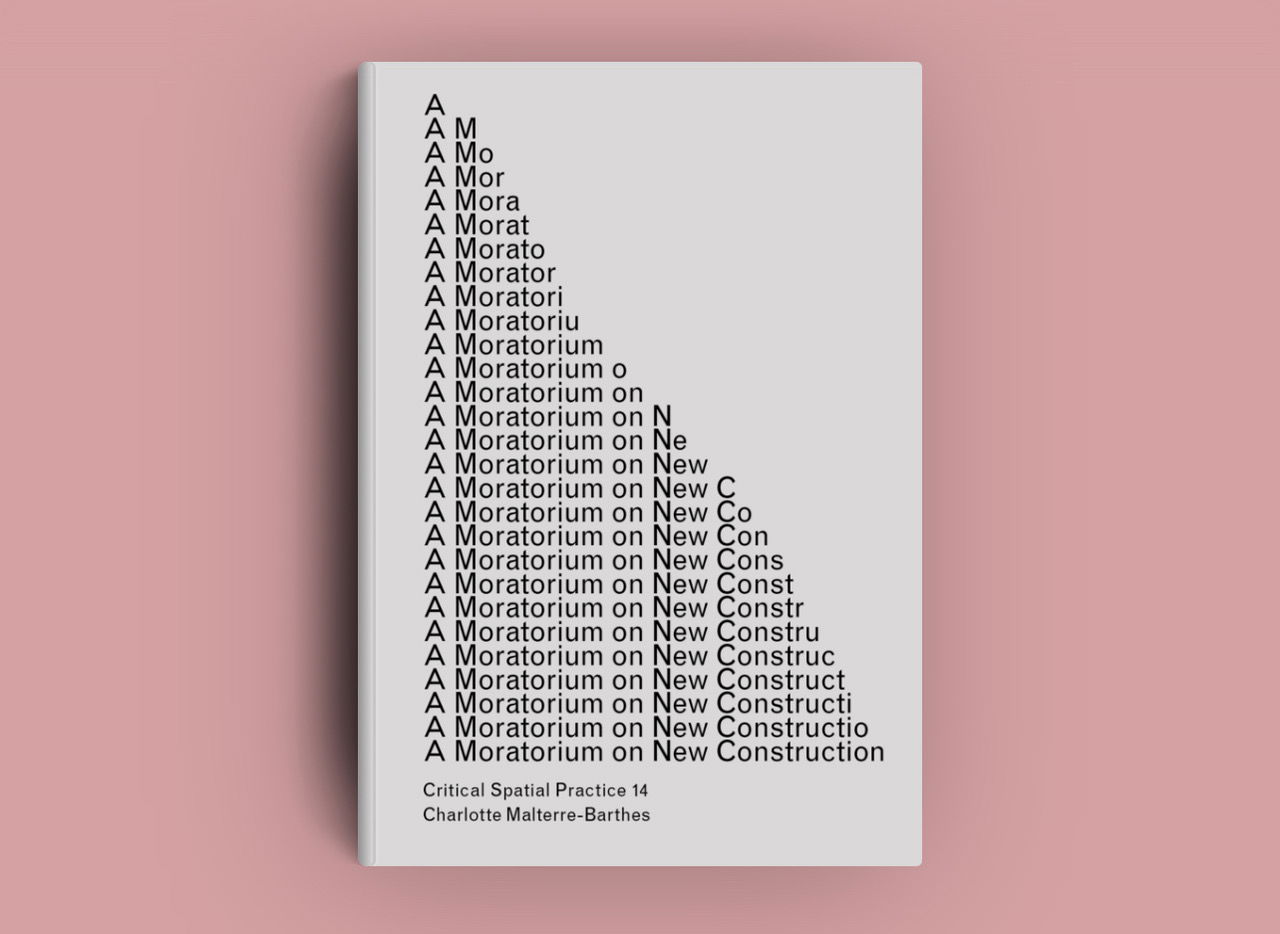Où va la piscine?
Le 15e numéro de L'Atelier, la revue d'architecture des étudiants de l'EPFL vient d'être publié. En une quinzaine d'articles, l'Atelier se penche sur la piscine. espazium.ch publie avec enthousiasme l'éditorial de ce numéro dans sa version anglaise originale. L'équipe éditoriale de l'Atelier convie toutes les personnes intéressées à participer au vernissage ce vendredi 18 mai à 19h00 au F'ar de Lausanne.
Metaphors and images often serve as explanatory devices, making the difficult understandable. The stories make the content, from the overarching concept down to the details, easy to digest. Metaphors are seductive, finding their way directly to our subconscious. For the fifteenth issue of L’Atelier we revisit one of these metaphors created by postmodernity and the possibilities of reinterpretation it offers to a new generation of architects.
The Story of the Pool, as told by Rem Koolhaas in the appendix of Delirious New York, rst published in 1978, describes the surprising odyssey of a bunch of architects escaping the Soviet Union in a oating swimming pool. The architects that doubled as lifeguards noticed that if they swam in unison, the pool would start to move in the opposite direction. The involuntary locomotion was explained by a Newton’s thrid law, action = reaction. By swimming in synchronized laps the pool moved slowly down the seas arriving somewhat 40 years later to the longed terre-promise: Manhattan.
The story unveils different messages at different levels of abstraction. The question Où va la piscine? – Where is the pool going? is here explored as threefold:
Frame – Collaboration – Retroaction.
Let’s first focus on the question of the Frame: a basin of clean water submerged in a contaminated surrounding, with the frame making the distinction between the different types of water. As Maud Abbé-Decarroux describes it in her text Oasis, the frame can define a limit between the rich and the poor; an elitist invention that prevents society from becoming too permeable.
But the Frame can also be the fundamental element of architecture, as in the article The Frame of the Ungraspable by Alexandre Pavlidis, where architecture is explained as a demarcation for understanding a complex world. In the article Simple Truth by Yannick Claessens and Camille Vallet, the frame makes it possible to create false truths and imposing one’s own reality onto the world in order simplify it.
Secondly Collaboration — the sinequanone condition of a well-functioning process, is the perfect synchronisation and total involvement of all the participants. What are the consequences of this principle in architecture and how can architecture serve as collectivizing apparatus? In the article The Pool in a Gallery, Hannah Lewi describes the pool as a constituent artifact in the development of modern Australia and its artifical character when the type is exhibited devoid of any context. The Greek architecture office Point Supreme answers to a set of questions about the influence of OMA and Elia Zenghelis, and how architecture should celebrate communal experiences.
Retroaction questions the paradox of the architects swimming towards URSS in order to get to Manhattan. Can the past be used to project architecture into an unknown future? These questions have been discussed with Alexandre Gady, professor of History of Architecture at the EPFL – see Rétro-Vision – and happily deconstructed by Tania Depallens in De la Cabane à la Soupe Primitive.
Finally, Où va la piscine? Dive into this magazine and visit the pages of the spectacular natural pools in the article of Valentin Rey, the collages of Arnaud Baudoin — questioning our perception of reality. The neo-dadaist drawings of Grégoire Guex-Crosier, and lastly the vertical swimming pool of Bruna Canepa – a Brazilian architect and illustrator. Images are after all the best storytellers.
La revue est peut-être commandée à l'adresse: latelier [at] epfl.ch (latelier[at]epfl[dot]ch)






